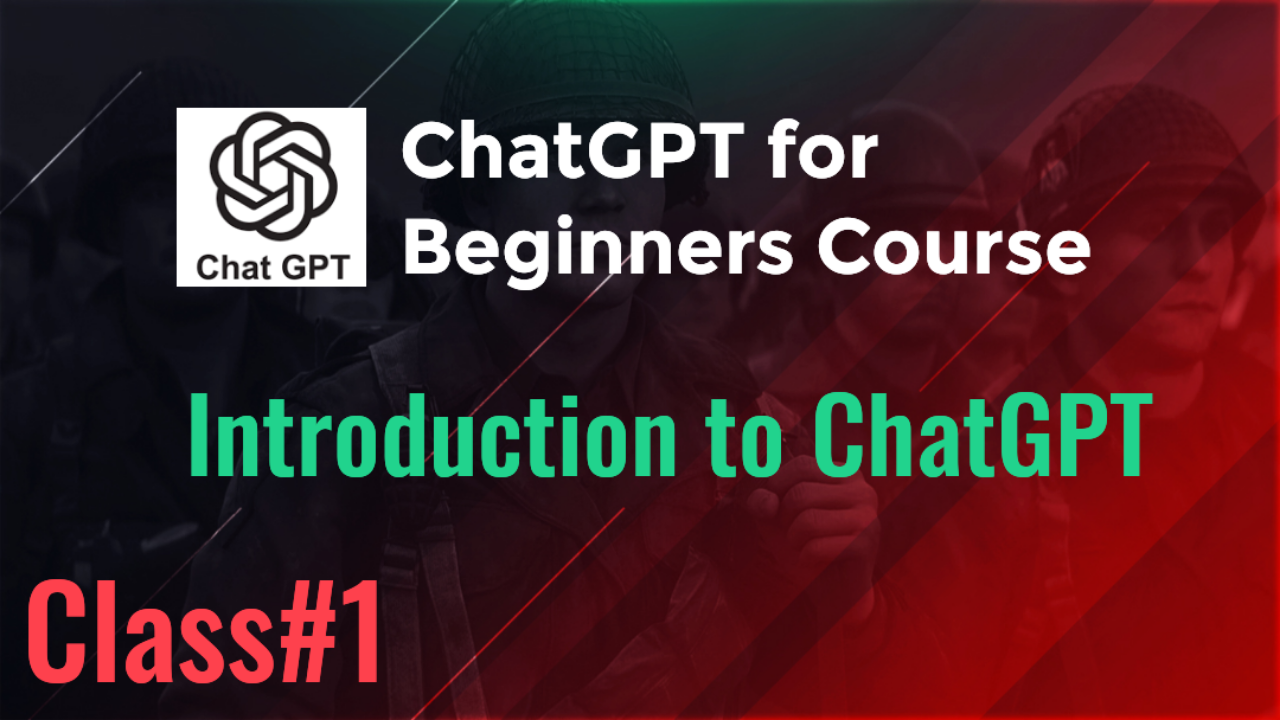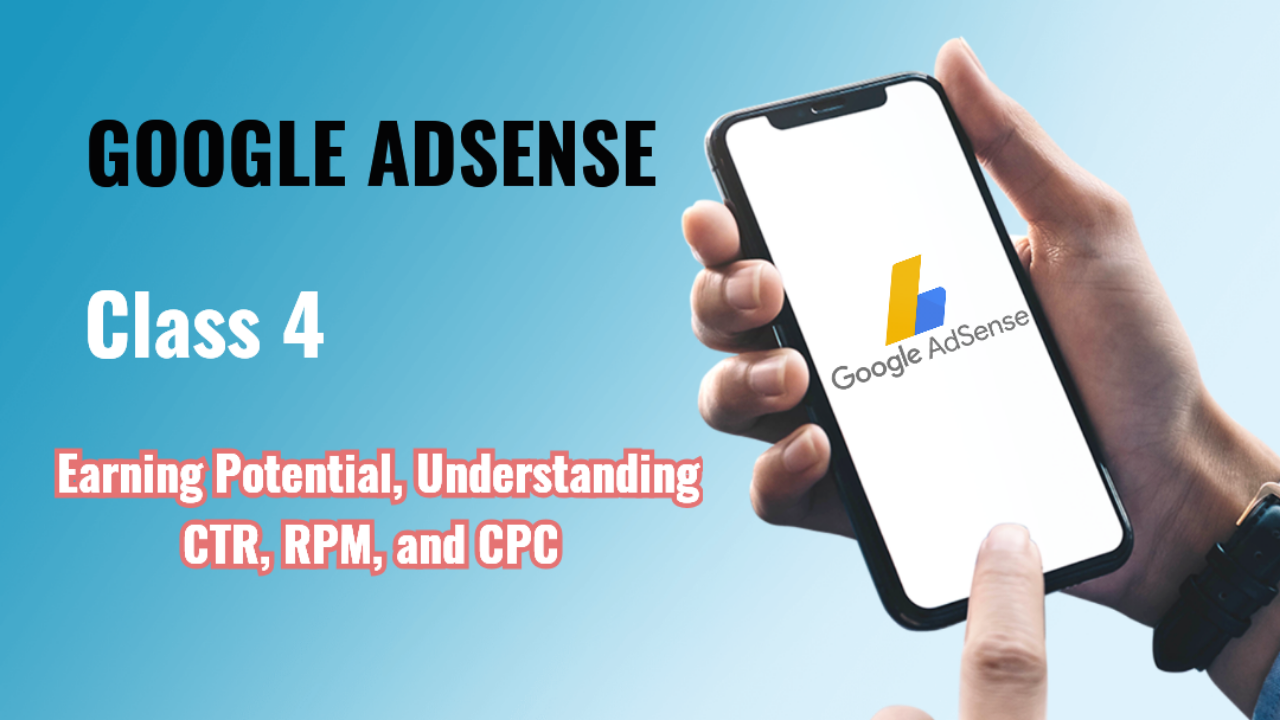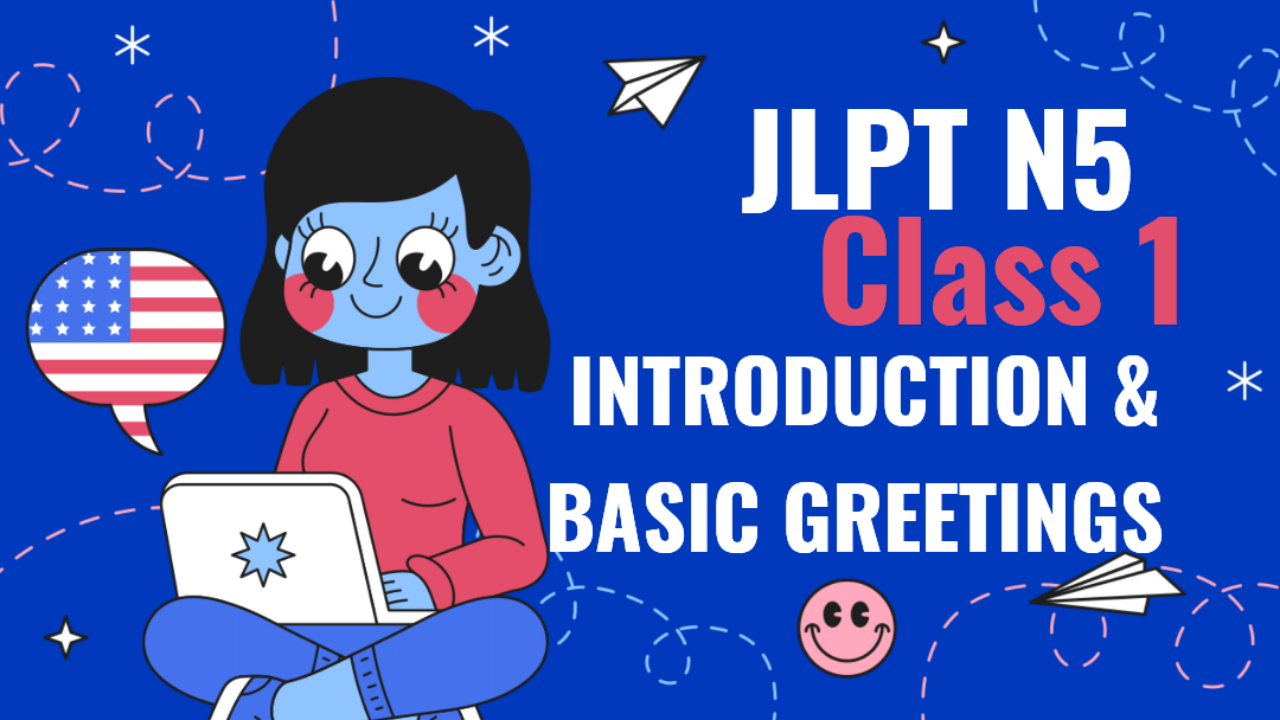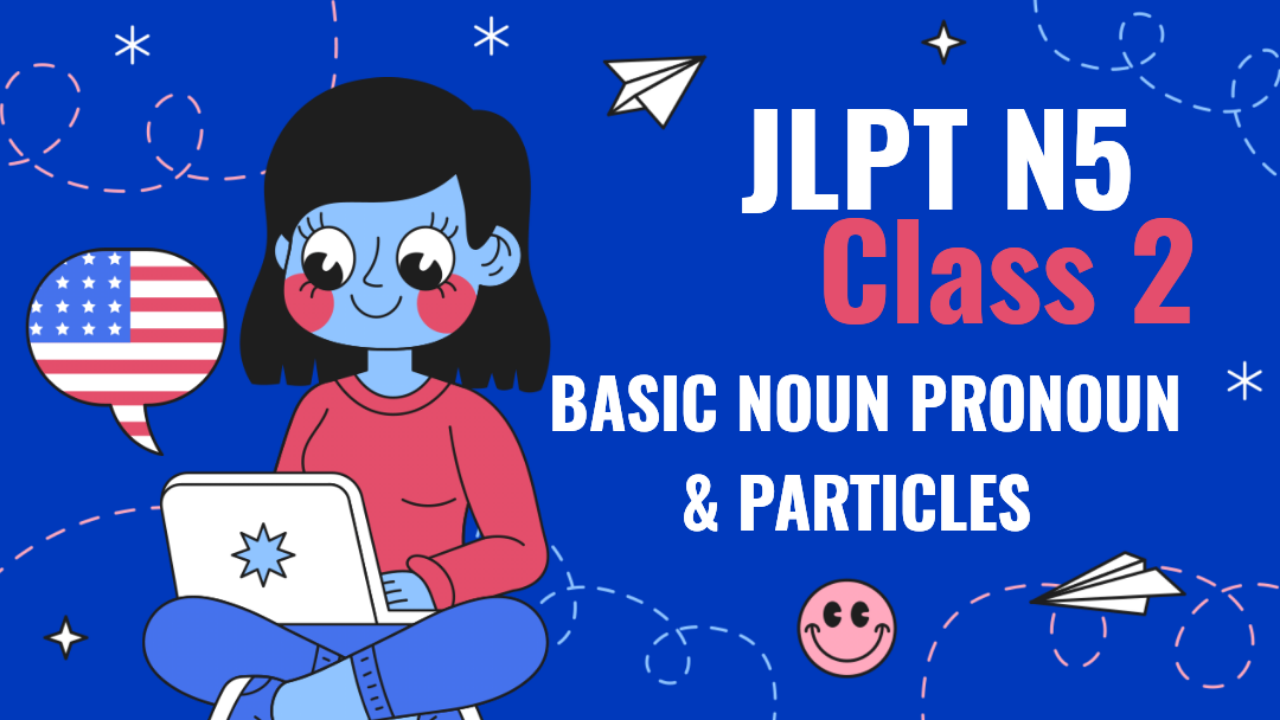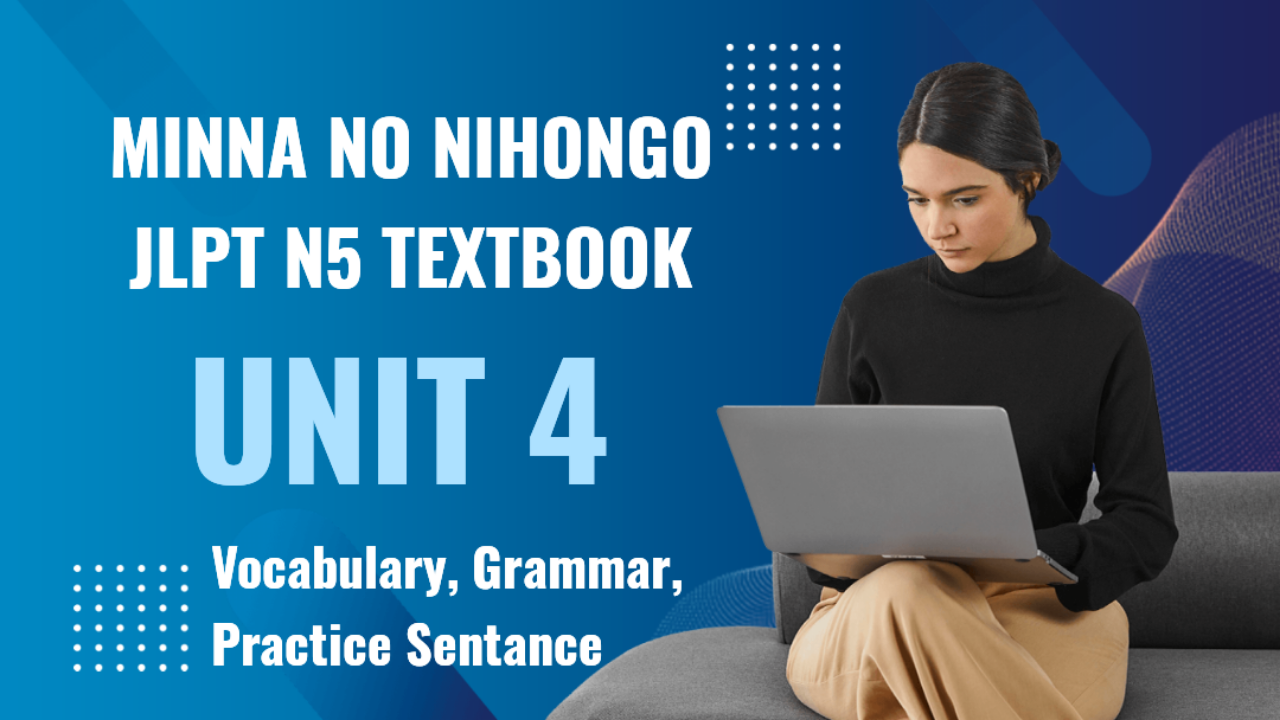IGNOU MBA (MMPC-05) - Operations Management
Unit 14: Correlation
In this class, we will cover Unit 14: Correlation from the MMPC-05 subject. This includes a detailed explanation of the theory, methods, applications, as well as assignment, self-study, and exam questions.
14.1 Introduction to Correlation
Correlation is a statistical technique used to measure and describe the strength and direction of a relationship between two or more variables. It helps in identifying whether and how strongly pairs of variables are related to each other.
Key Characteristics of Correlation:
-
Direction: Correlation can be positive, negative, or zero.
- Positive Correlation: As one variable increases, the other also increases.
- Negative Correlation: As one variable increases, the other decreases.
- Zero Correlation: No relationship between the variables.
-
Magnitude: The strength of the relationship, measured on a scale from -1 to +1.
- +1 indicates a perfect positive correlation.
- -1 indicates a perfect negative correlation.
- 0 indicates no correlation.
14.2 Types of Correlation
14.2.1 Positive Correlation
- This occurs when two variables move in the same direction. As one variable increases, the other also increases.
Example:
- The relationship between advertising expenditure and sales. Generally, as advertising spending increases, sales tend to increase as well.
14.2.2 Negative Correlation
- This occurs when two variables move in opposite directions. As one variable increases, the other decreases.
Example:
- The relationship between temperature and the sale of hot drinks. As the temperature increases, the demand for hot drinks may decrease.
14.2.3 Zero Correlation
- This indicates that there is no linear relationship between two variables.
Example:
- The relationship between shoe size and intelligence. No meaningful relationship is expected.
14.3 Measuring Correlation
There are various methods for measuring correlation, but the most common is Pearson's Correlation Coefficient.
14.3.1 Pearson's Correlation Coefficient (r)
- The Pearson correlation coefficient is the most widely used measure of correlation, especially when dealing with linear relationships.
Formula for Pearson’s Correlation Coefficient:
r = \frac{n \sum XY - \sum X \sum Y}{\sqrt{[n \sum X^2 - (\sum X)^2][n \sum Y^2 - (\sum Y)^2]}}
- = Pearson’s correlation coefficient
- and = Values of the two variables
- = Number of data points
Interpretation of Pearson's Correlation Coefficient:
- : Perfect positive correlation
- : Perfect negative correlation
- : No correlation
- : Positive correlation
- : Negative correlation
14.3.2 Spearman’s Rank Correlation
- Spearman’s rank correlation is a non-parametric measure used when the data is ordinal or not linearly related.
Formula for Spearman’s Rank Correlation:
r_s = 1 - \frac{6 \sum d^2}{n(n^2-1)}
- = Difference in ranks of the paired data
- = Number of data points
14.3.3 Kendall’s Tau
- Kendall’s Tau is another non-parametric method of measuring correlation, especially useful when data is ordinal and involves tied ranks.
14.4 Steps in Computing Correlation
- Collect Data: Gather data for the two variables you wish to examine.
- Compute the Correlation Coefficient: Using the appropriate formula (Pearson, Spearman, or Kendall), calculate the correlation coefficient.
- Interpret the Results: Determine the strength and direction of the relationship by analyzing the correlation coefficient.
- Check for Significance: Use hypothesis testing to determine if the correlation is statistically significant.
14.5 Applications of Correlation in Business
1. Sales and Advertising
- Objective: To determine if there is a correlation between advertising spending and sales performance.
- Method: Use Pearson’s correlation to assess the relationship between the two variables.
2. Employee Performance and Training
- Objective: To find out if employees who undergo more training sessions have better performance.
- Method: Pearson's or Spearman's correlation can be used to measure this relationship.
3. Product Price and Demand
- Objective: To study the relationship between the price of a product and its demand.
- Method: Pearson’s correlation coefficient can help in understanding the price-demand relationship.
4. Customer Satisfaction and Repeat Purchases
- Objective: To analyze the correlation between customer satisfaction and the frequency of repeat purchases.
- Method: Spearman’s rank correlation is useful for ordinal data (e.g., satisfaction ratings).
14.6 Limitations of Correlation
- Causation vs. Correlation: Correlation does not imply causation. Even if two variables are correlated, it does not mean that one causes the other.
- Outliers: Extreme values can distort the correlation coefficient, leading to misleading conclusions.
- Non-linear Relationships: Pearson’s correlation measures only linear relationships and may fail to capture non-linear associations.
- Restricted Range: Correlation may not be accurate if the data used for analysis covers only a narrow range of values.
14.7 Assumptions of Correlation
- Linearity: Correlation assumes that the relationship between the two variables is linear.
- Normality: The variables should ideally follow a normal distribution, particularly for Pearson’s correlation.
- Homogeneity of Variance: The variability in the data should be similar across all levels of the variables.
Assignment Questions for Unit 14: Correlation
- Define correlation and explain its types. Provide an example of each.
- Explain how Pearson's correlation coefficient is calculated. What are its strengths and limitations?
- A company wants to understand if there is a relationship between the number of hours worked and employee productivity. The following data is given:
- Hours Worked: 30, 35, 40, 45, 50
- Productivity (Units Produced): 250, 275, 300, 320, 350 Calculate the Pearson correlation coefficient and interpret the results.
- What is the difference between Pearson’s and Spearman’s rank correlation? When would you prefer using Spearman’s rank correlation?
- Discuss the limitations of correlation in statistical analysis.
Self-Study Questions for Unit 14: Correlation
- What is the relationship between correlation and regression analysis? Explain with examples.
- How can you determine if a correlation is statistically significant?
- Describe the types of data for which Spearman’s rank correlation is preferred over Pearson’s correlation.
- Why is it important to differentiate between correlation and causality? Provide examples.
- How would you interpret a correlation coefficient of 0.85? What does it imply about the relationship between the two variables?
Exam Questions for Unit 14: Correlation
- Explain the concept of correlation and describe the different types of correlation. Provide examples of situations in which each type of correlation can be applied.
- A manager wants to know if there is a relationship between employee age and job satisfaction. The following data is available for 10 employees:
- Age: 25, 30, 35, 40, 45, 50, 55, 60, 65, 70
- Job Satisfaction (on a scale of 1 to 10): 8, 7, 6, 6, 5, 4, 4, 3, 3, 2 Use Pearson’s correlation coefficient to calculate the correlation between age and job satisfaction.
- Discuss the differences between Pearson’s correlation and Spearman’s rank correlation. When should you use one over the other?
- What are the assumptions of the Pearson correlation coefficient, and how do violations of these assumptions affect the results?
- Explain the limitations of correlation and how they can impact decision-making in business forecasting.
This concludes the class on Correlation. The assignment and self-study questions will help reinforce the concepts, while the exam questions will prepare you for upcoming assessments.


